Lara Williams: Hacking the planet needs guardrails and guidelines
Published in Op Eds
A few years ago, solar geoengineering was considered a sort of science fiction. These days, it’s fast becoming a reality. Without international consensus on the guardrails and guidelines, that’s a very dangerous prospect.
The technique, also known as solar radiation management, encompasses a range of technologies including sunshields in space, marine cloud brightening and stratospheric aerosol injection (SAI). They all work in slightly different ways but the goal is the same: reduce the amount of sunlight reaching the Earth’s surface in an effort to turn down the global thermostat.
The technology is controversial for a multitude of reasons. It offers some seductive opportunities, especially as we remain well on track for between 2.6C and 3.1C of warming this century and are possibly edging toward catastrophic tipping points such as the collapse of the crucial Atlantic Meridional Overturning Circulation (AMOC), a system of ocean currents that plays an important role in moderating Europe’s climate.
Some scientists are convinced that SAI, which releases tiny particles into part of the upper atmosphere, would work to cool the planet because of observations made after volcanic eruptions. Proponents argue it could buy us more time to cut emissions and scale up carbon dioxide removal, while decreasing the risks of coral bleaching and glacier melt.
Yet the risks and uncertainties are huge. Solar geoengineering is akin to popping a painkiller rather than finding a cure — it would only tackle a symptom of climate change, rather than addressing the cause. Once you start, you have to keep doing it or risk a termination shock, a rapid and damaging rise in temperatures. Then there is a plethora of risks that are poorly understood, from the effects on global precipitation patterns, human health and ecosystems. It will do nothing to address the other pervasive impacts of a higher concentration of CO2 in the atmosphere, such as ocean acidification, and could undermine efforts to halt global warming.
The scary parts of solar geoengineering don’t mean that we shouldn’t study it at all to accurately quantify the risks and benefits. Deciding not to deploy a technology on the basis of strong evidence is better than discounting it on hypotheticals. Plus, shutting down the conversation won’t stop all governments or even private companies from deciding to deploy it.
Indeed, some actors have already begun small-scale deployments. Make Sunsets, founded in 2022 by two tech bros, is already trying to earn money by selling so-called cooling credits to fund the release of weather balloons filled with helium and sulfur dioxide. Scientifically, there’s no merit to their alleged temperature credits; their ability to start commercial deployment, with very little oversight or public engagement, is frankly terrifying. But it looks like they’re aiming to purposefully stir up controversy. Co-founder and Chief Executive Officer Luke Iseman has said in interviews that the startup is “part entrepreneurial and part provocation, an act of geoengineering activism.” The hope, it seems, is to wake people up to the fact that this is no longer sci-fi technology.
Many scientists have complained that Make Sunsets has actually made it harder to get scientific studies on this topic approved. It also flies in the face of efforts to ensure geoengineering research is ethical.
The American Geophysical Union, an international (despite the name) nonprofit association supporting Earth and space scientists, last month published an ethical framework for research into climate interventions – a catch-all term including carbon dioxide removal, solar geoengineering and emerging technologies that intend to alter the climate system in ways that halt, slow or reverse global warming.
Janice Lachance, the AGU’s interim executive director and CEO, told me that while there’s no substitute for reducing greenhouse gas emissions, if research is to be conducted, it should be led by ethics, and everyone should be fully informed and involved. The framework states that studies should meet key principles including transparency, public participation and climate justice.
More than two years in the making, the guidelines are a welcome addition. But they highlight our precarious position: There’s no global governance around these technologies yet, so nothing stops someone from just deciding to experiment.
Full global-scale deployment of SAI would require the construction of at least 100 new high-altitude jets that could carry and release a heavy payload on a 24/7 basis at various latitudes, costing somewhere in the region of $18 billion to $35 billion a year. That puts it reassuringly outside the capability of even a wealthy tech bro, who wouldn’t have the money or the diplomatic alliances required, as Cynthia Scharf, senior fellow at the International Center for Future Generations, told me.
However, a smaller, cruder version could be implemented in the coming years by a private company or rogue nation. That, Scharf says, “would certainly cause havoc.”
Imagine that a government decides the only way to save its people from extreme heat is through stratospheric aerosol injection. It might start deploying with the best of intentions, but in doing so inadvertently alter the weather of the nation next door, reducing rainfall and hurting crop yields. The use of SAI could then be seen as a provocation or even an act of war, leading to conflict.
These geopolitical risks make responsible research and international cooperation essential. Unfortunately, policy rarely moves faster than science. Last year, the U.S. government and the European Commission both published reports on the technology, with the White House proposing a potential research program with one of the objectives being to develop the ability to detect use or experimentation by others. Europe, meanwhile, said it would “support international efforts to comprehensively assess the risks and uncertainties… and promote discussions on a potential international framework for their governance, including research into related aspects”
But efforts to move this forward have so far fallen short: In February, Switzerland proposed the creation of an expert group to look into the risks, benefits and uncertainties of solar geoengineering at the United Nations Environment Assembly. No agreement was reached.
There are huge logistical challenges. No natural home for oversight of solar geoengineering exists right now, explains Scharf, as it doesn’t fit neatly into an existing international body. And with multilateralism on a lifeline right now, the creation of an entirely new body seems unlikely.
Greater challenges emerge when you consider that it’s not just scientific answers we need; there are huge philosophical and ethical questions to answer, too. Opinions from all corners of society must be heard, including religious and indigenous groups. Then we have to consider the next generations; if we start geoengineering, we’ve committed them to continue doing it for the foreseeable future. For some, it might offer a glimmer of hope in a world where the prospects don’t look too appealing anyway. For others, it may make them feel like a rat in someone else’s lab.
Scharf recommends that people brush up on their Greek mythology, which tackles these same questions about human striving, unintended consequences and playing god. Ultimately, questions about geoengineering should be researched and considered out in the open. Otherwise, someone else might open Pandora’s box for us.
_____
This column does not necessarily reflect the opinion of the editorial board or Bloomberg LP and its owners.
Lara Williams is a Bloomberg Opinion columnist covering climate change.
_____
©2024 Bloomberg L.P. Visit bloomberg.com/opinion. Distributed by Tribune Content Agency, LLC.





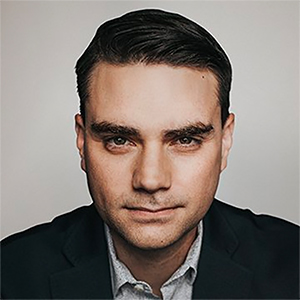

















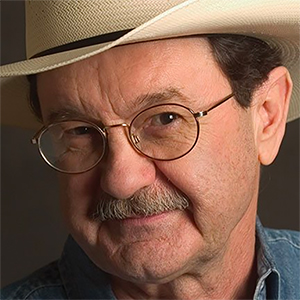



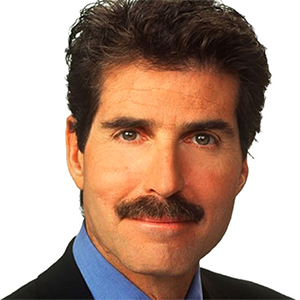










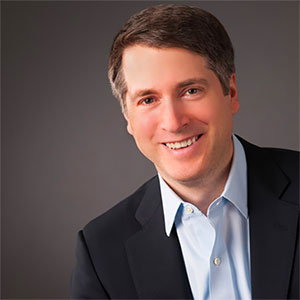

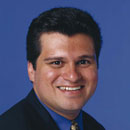

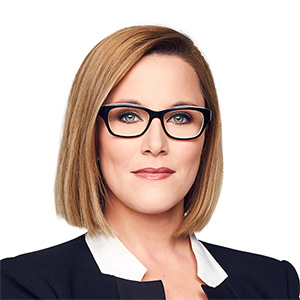



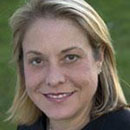













Comments